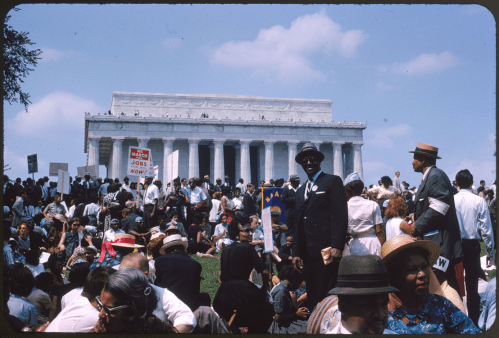INTRODUCTION
Displacement is one of the tragic consequences of conflict. As we meet this morning, several million people have been displaced in Pakistan as a result of the counter-insurgency campaign being carried out by the government against the Taliban in the Swat valley and Waziristan. Hundreds of thousands of Sri Lankans face an uncertain future as they are confined to camps following the government’s final offensive against the Tamil Tigers. In fact, over 40 million people have been displaced within and outside the borders of their countries.[1] But displacement is not only an unintended consequence of conflict. Increasingly it is used as a deliberate strategy by combatant forces. Ethnic cleansing, or its latest variant, sectarian cleansing in Iraq, requires that people be forcibly displaced from their communities in order for one side to be victorious.
While people can be displaced in a very short period of time—2 million Pakistanis in two weeks in June of this year, for example—resolving displacement always takes far longer. Until recently, political and military leaders have thought that a war is over when an enemy has been vanquished or a peace agreement has been signed. The reality is very different. Usually the hard work is just beginning and requires rebuilding societies, economies, and political systems which were destroyed by war, including finding solutions for those uprooted by conflict. This requires political will and commitment on the part of national authorities coming out of conflict and it usually requires financial resources and support from the international community.
Resolving displacement and preventing future displacement is inextricably linked with achieving lasting peace. “Stop the fighting so that we can go home” is a common refrain among displaced communities. Unfortunately, going home is usually more complicated than this.
This presentation focuses on the relationship between peace and displacement. In sum: peace is needed for displaced people to find durable solutions and durable solutions are needed for peace to be consolidated. Or to put it negatively: without peace, there are no durable solutions for displaced persons and without durable solutions for displaced persons, it is difficult for peace to be sustained. This is a theme which has been explored by the Representative of the Secretary-General on the Human Rights of Internally Displaced Persons (IIDPs) and the Brookings-Bern Project over the past few years.[2]
I would like to build on this work by looking at the way in which displacement is considered in some of the different approaches or paradigms to post-conflict transitions. Nation-building, state-building, peacebuilding, reconciliation, stabilization, early recovery—these are all terms presently used by different actors in dealing with the multiple challenges of post-conflict situations. But they are not just terms. They are paradigms which determine the way one looks at a particular issue, the solutions one finds, and even the agency or actor expected to take the lead. The paradigm used to approach post-conflict transitions also affects the way that solutions for the displaced are perceived. For example, military actors focusing on stabilization tend to see humanitarian assistance to displaced persons as a way of promoting security while those focusing on early recovery stress the role of returnees in economic development.
[1] According to the most recent figures available there are 10.5 million refugees of concern to UNHCR, 4.7 million Palestine refugees registered with UNRWA and an estimated 26 million conflict-induced IDPs. See www.unhcr.org; www.unrwa.org; http://www.internal-displacement.org/.
[2] Addressing Internal Displacement in Peace Processes, Peace Agreements and Peace-Building, Washington, DC: Brookings-Bern Project on Internal Displacement, September 2007. Walter Kalin, “Durable Solutions for Internally Displaced Persons: An Essential Dimension of Peacebuilding,” Briefing Paper submitted to the Peacebuilding Commission Working Group on Lessons Learned Meeting, 13 March 2008. Elizabeth Ferris, “The Role of Civil Society in Ending Displacement and Peacebuilding,” Statement delivered to UN Peacebuilding Commission, Lessons Learned Working Group, 13 March 2008. Internal Displacement and the Construction of Peace, Summary Report, Washington, DC: Brookings-Bern Project on Internal Displacement, February 2009.


Commentary
Peace, Reconciliation, and Displacement
July 7, 2009